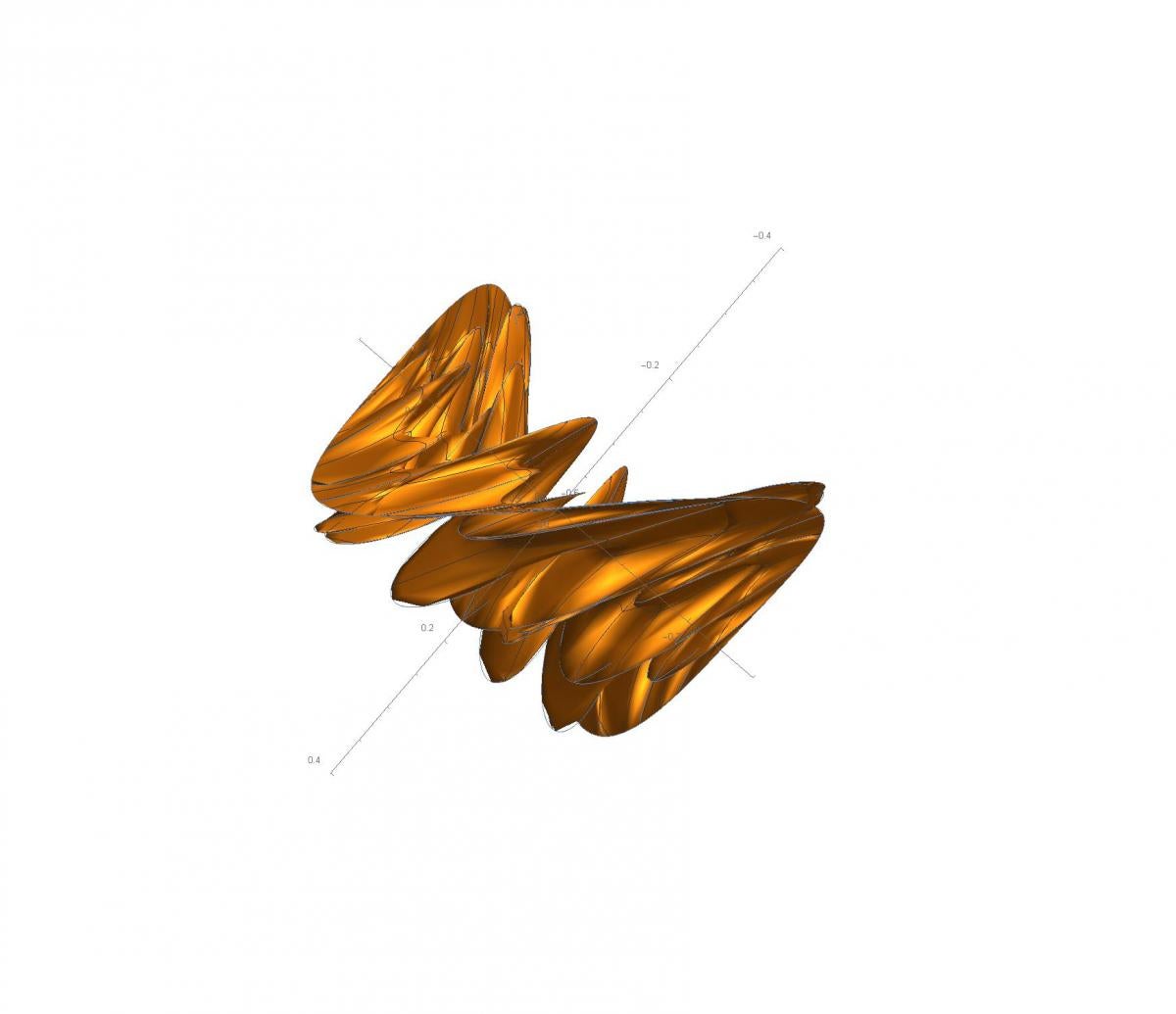Research
Featured Research
Professor Hajlasz's Research
The Heisenberg group appeared for the first time in Herman Weyl’s proof that the Schrödinger and the Heisenberg approaches to quantum mechanics are mathematically equivalent. However, the scope of applications of the Heisenberg groups goes far beyond quantum mechanics. The Heisenberg groups play an important role in several complex variables, harmonic analysis, linear and non-linear sub-elliptic partial differential equations, geometry of non-integrable distributions, sub-Riemannian geometry, contact geometry, contact topology, and also in the mathematical biology in the development of a mathematical model of the visual cortex. Although the Heisenberg groups have been a subject of research for several decades now, recent development, leading to applications in new areas of pure and applied mathematics provides new perspectives. This is a very active area of contemporary mathematics with more than ten monographs on the subject written in recent years.
The recent research of Piotr Hajłasz is focused on the geometric aspects of the theory of the Heisenberg groups. Most of his recent papers have been  written jointly with his graduate students Zhuomin Liu, Soheil Malekzadeh, Jacob Mirra, Xiaodan Zhou, Scott Zimmerman, and postdocs Jasun Gong, Armin Schikorra, but he also continues collaboration with more than ten researchers from the US and Europe. More precisely he has been investigating Lipschitz homotopy groups, Lipschitz extension property, horizontal surfaces in the Heisenberg groups (with Mirra), analyticity of the Carnot-Carathéodory metric (with Zimmerman), unrectifiability of metric spaces and Heisenberg groups (with Malekzadeh), Sobolev mappings into metric spaces and into Heisenberg groups. Recently with his graduate student Jacob Mirra he obtained a numerical evidence for a counterexample to a problem posed by Gromov, but the construction requires a rigorous proof.
written jointly with his graduate students Zhuomin Liu, Soheil Malekzadeh, Jacob Mirra, Xiaodan Zhou, Scott Zimmerman, and postdocs Jasun Gong, Armin Schikorra, but he also continues collaboration with more than ten researchers from the US and Europe. More precisely he has been investigating Lipschitz homotopy groups, Lipschitz extension property, horizontal surfaces in the Heisenberg groups (with Mirra), analyticity of the Carnot-Carathéodory metric (with Zimmerman), unrectifiability of metric spaces and Heisenberg groups (with Malekzadeh), Sobolev mappings into metric spaces and into Heisenberg groups. Recently with his graduate student Jacob Mirra he obtained a numerical evidence for a counterexample to a problem posed by Gromov, but the construction requires a rigorous proof.
Hajłasz’s research is, however, not limited to the Heisenberg groups. Other areas include analysis on metric spaces and the theory of Sobolev spaces. In these areas he recently obtained a new characterization of the Sobolev space using the Littlewood-Paley theory (with Liu), a construction of generalized Alexandrov horned spheres with Sobolev regularity (with Zhou), a new characterization of mappings of bounded length distortion (with Malekzadeh), and a generalization of the Dubovitskiǐ-Sard theorem to Sobolev spaces (with Zimmerman). He also applied abstract analysis on metric spaces to the classical problem of Sobolev extension domains.
His main goal is to provide a rich environment for training of graduate students and postdocs. Currently he has five graduate students and a postdoc (Nguyen Lam) and in the fall of 2015 another postdoc will join his group (Ryan Alvarado).
New Grants
Summer Topology Conference 2015 and Galway Topology Conference
Principle Investigator - Paul Gartside
Sponsor -
The 18th Galway Topology Colloquium and 30th Summer Topology Conference will be held on the campus of the National University of Ireland, Galway. The Galway Topology Colloquium will be held June 22, 2015 and the Summer Topology conference will run over the following four days. The Colloquium is aimed at graduate students and early-career faculty in topology. The STC 2015 is one of the major conferences worldwide in topology, regularly attracting 100-200 participants.